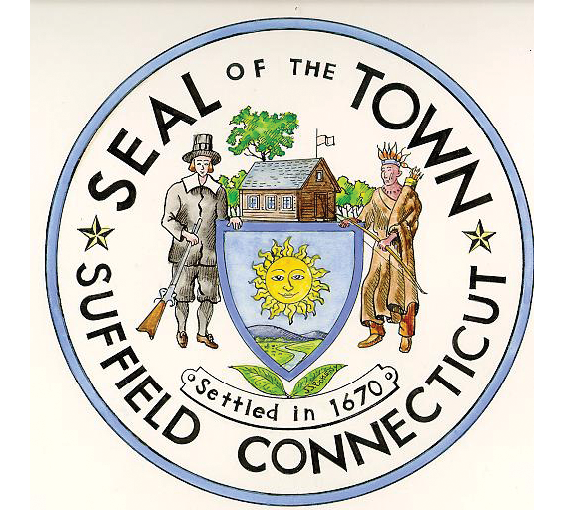Native people lived on the land of Suffield for thousands of years. They left no written record of their time in Suffield. Fortunately, the historical writings of Suffield’s own Hezekiah Sheldon, Ned Blackhawk, William Cronon and others provide insight into the lives of Suffield’s original inhabitants and the important role of women in the success of the village.

Native people were members of the Agawam and Poquonac Tribes living in small villages near the Connecticut river and near Congamond lake. In the early 17th century, there were thought to be fewer than two hundred Native people living in Suffield. Large families were unusual; the average family had three children. After marriage, children were encouraged to make their home within their mother’s village.
The Native people lived in either wigwams or similar longhouses. The circular wigwams were constructed of saplings set upright, lashed together at their tops and covered in woven mats, bark, and animal skins. One family would live in a small wigwam while two or more families would live in the the longhouse. These dwellings were easy to build and could be erected in a matter of hours. Fires were built inside the wigwam for cooking and warmth in the winter. There was a hole in the ceiling to allow smoke from the indoor fire to escape. In the warm weather the family lived mostly outdoors and small fires were built there for cooking. The family would often sit around the fire in the evening to tell stories and play games.
Women performed those jobs which were most compatible with simultaneous childcare. This meant that their tasks were generally repetitive, could be easily interrupted, and did not require travel too far from home. A woman’s major activities involved homeschooling, making garments, farming, and the whole range of food processing activities. Corn was the primary food and was eaten boiled on the cob, roasted, and even popped. Much corn was made into cornmeal, cornbread, and hominy.
Homeschooling their children was the mother’s responsibility. Subjects included language, family and tribal history, hygiene, and geography. Very important was teaching about the natural environment. Parents worried that their children could be injured by wild animals or that they could be poisoned by eating the wrong plants.
Women made clothing from well cured, often colorfully adorned animal skins. Native people were lightly dressed in the summer and as the weather got colder, they would put on more clothing, including bear skin robes.
Agriculture flourished in Suffield’s Native villages. Farming was a communal activity by the village women. Families had no domestic animals and tilling the soil, planting seeds, weeding, and harvesting the crops were all done by hand. The major crops were corn, beans, and squash. When combined with the wild walnuts, acorns, and berries gathered in the woods, these crops supported about 70% of the local population’s annual food supply. After the fall harvest, food was stored in carefully constructed underground pits for use throughout the year. After a few years of farming the land would become depleted and crop yields would drop. The village was simply moved to another site with better farmland.
Women organized the festivals which were held throughout the year, involving the entire village. The harvest festival in autumn was the largest. Eating, singing, and dancing around a large bonfire lasted for many days.
Not only did women perform most of the tasks, women held the power within their village. Even though the tribal chief was a hereditary position, women appointed and removed other political leaders. Women owned the family’s community property, including the wigwam and most household goods. Together, women had the authority and means needed to enforce local rules and regulations. They were responsible for ensuring that Suffield’s Native villages were places where people could live a happy, healthy, and peaceful life.